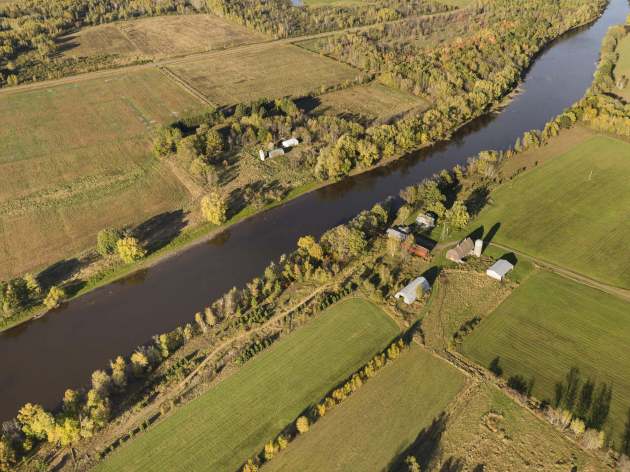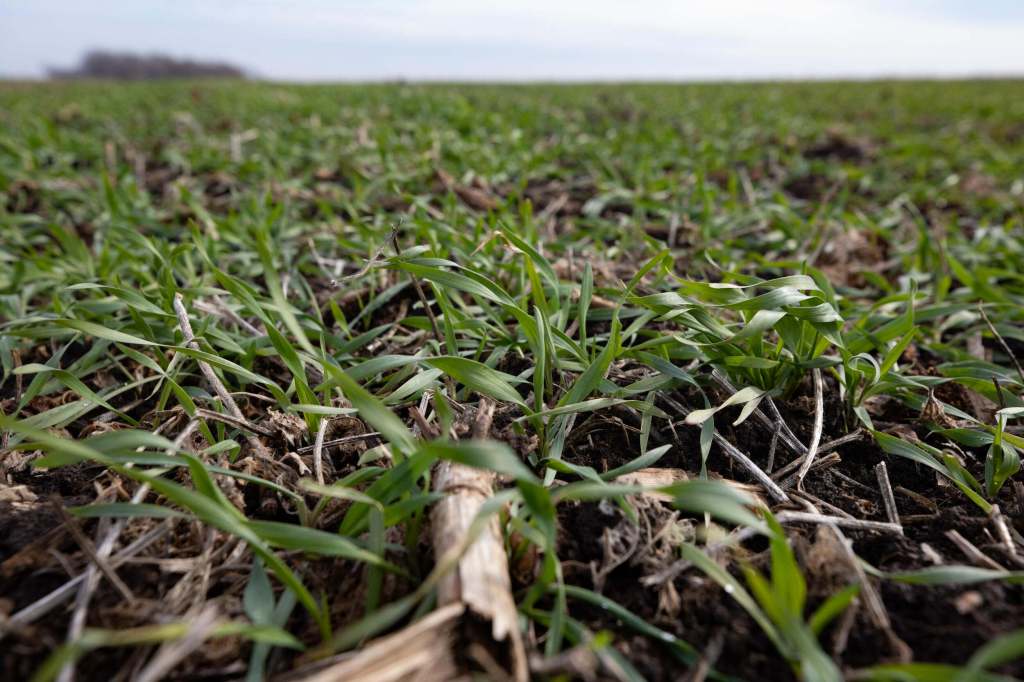A new study explores how transitioning from conventional maize/soybean agriculture to regenerative agriculture practices, like continuous living cover systems, in the Upper Mississippi River Basin could reduce nitrate loss, soil erosion, and greenhouse gas emissions—though tradeoffs exist depending on the system adopted.
The Gist
Researchers from the University of Minnesota and The Nature Conservancy evaluated the likely outcomes of four agricultural transition scenarios—winter annual cover crops, winter annual oilseeds, agroforestry, and pastured at different scales of adoption in the Upper Mississippi River (UMR) Foodscape by 2030.
A “Foodscape” is a conceptual framework defined by geographic areas that share characteristics of agricultural production along biophysical and socioeconomic gradients. The Foodscape concept offers a way of framing and evaluating landscape-scale agricultural transformations, where niche innovations can be expanded to the landscape scale based on shared macroeconomic patterns, political environments, and climatic conditions.
Using empirical data and modeling tools in the UMR Foodscape, scientists compared each scenario’s environmental impact to the dominant maize/soybean rotation, which often leaves soil bare through the winter.
All four systems showed potential to reduce soil erosion and nitrate loss. Agroforestry and pastured livestock offered the most transformative benefits, especially on marginal lands. However, greenhouse gas (GHG) emissions varied: while agroforestry and cover crops generally reduced emissions, pastured livestock and winter oilseeds could increase them under certain conditions.
The Big Picture
The UMR Foodscape, spanning parts of Minnesota, Iowa, Wisconsin, and Illinois, is a prime candidate for landscape-scale agricultural transformation. Dominated by maize and soybean production, the region suffers from nitrate leaching, soil degradation, and contributions to the Gulf hypoxic zone.
This study, published in Frontiers of Sustainable Food Systems, provides a framework for evaluating environmental outcomes at the foodscape scale, offering insights for conservation planning, policy development, and investment strategies. It highlights the importance of spatial targeting—especially on marginal lands—and the need for systems-level change, including infrastructure, markets, and farmer support.

The analysis also underscores the complexity of agricultural transitions. For example, winter oilseeds may reduce erosion but increase GHG emissions due to fertilizer use. Pastured livestock improves soil health but emits more methane. Agroforestry offers broad environmental benefits but faces economic and logistical hurdles.
The Takeaway
Transitioning to continuous living cover systems in the UMR Foodscape could significantly improve environmental outcomes, but each scenario involves tradeoffs. Agroforestry stands out for its potential to reduce nitrate loss, erosion, and GHG emissions, while pastured livestock offers strong soil benefits but raises climate concerns. Winter cover crops are broadly beneficial but variable in impact, and winter oilseeds present economic promise with environmental uncertainty.
A systems-level approach is essential. As the authors note, “None of the proposed transition scenarios can be implemented without tremendous changes to infrastructure, markets, and agricultural policy, or without increasing farmers’ participation in decision-making and adoption of practices.”



